






Beijing, China
![]()
![]()
![]()
![]()
![]()
The itinerary includes famous attractions such as Mutianyu Great Wall, Temple of Heaven Park, Summer Palace, Forbidden City, Olympic Park, Bird's Nest Stadium, Royal Cai Museum, and Zhangyu Aifubao Winery. It will take you on a journey to experience the rich charm and long history of Beijing. You will hike and admire the magnificent views of Mutianyu Great Wall, experience the solemn atmosphere of royal ceremonies at Temple of Heaven Park. The tranquil beauty of the royal gardens will be enjoyed at the Summer Palace, while the Forbidden City showcases the epitome of ancient Chinese palace architecture.
You will visit iconic structures like the Bird's Nest Stadium, have the opportunity to taste famous Chinese wines, and visit the Royal Cai Museum to explore the essence of Chinese culinary culture. This UNESCO World Heritage tour of Beijing will present a unique and unforgettable cultural journey, allowing you to delve into the history, culture, and iconic landscapes of Beijing. Whether you are a history enthusiast, culture explorer, or traveler, this itinerary will meet your expectations and leave a profound impression.
| Beijing Capital (PEK) | Flight | ||||
| Beijing Daxing (PKX) |
Flight |
||||
| The high-speed railway network in China has connected over 300 cities, with a travel time of approximately 9 hours from Hong Kong West Kowloon to Beijing West Station. |
HS Rail |
||||
| Self-driving tour allows you to enjoy the pleasure of driving while traveling. Explore different cities, making your itinerary more flexible. A great choice for independent travel. Recommend picking up the car at the airport or train station to make your journey smoother. |
Car rentel |
||||
| Grand Hotel Beijing |
Book now | ||||
| Xana Hotel at Qianmen Street |
Book now | ||||
| Mandarin Oriental Wangfujing Beijing |
Book now | ||||
Foreign passports traveling to China visa |
| Beijing World Heritage Tour - 5 Days 4 Nights (Great Wall, Temple of Heaven, Summer Palace, Forbidden City, Birds Nest)  Universal Beijing Resort Ticket |
| Welcome to Beijing, a city with world heritage sites. During the 5-day, 4-night journey, you will explore the Mutianyu Great Wall, Temple of Heaven Park, Summer Palace, Forbidden City, Olympic Park, Bird's Nest, Royal Cuisine Museum, and the Changyu AFIP Global Winery, experiencing the unique beauty of Beijing. You will first embark on the magnificent Mutianyu Great Wall, experiencing its grandeur and magnificence. Next, you will visit the Temple of Heaven Park, admiring its solemnity and tranquility. Then, you will immerse yourself in the beautiful scenery of the Summer Palace, appreciating the beauty of its gardens and architecture. Following that, you will step into the Forbidden City, experiencing the treasures of ancient Chinese imperial court culture. Afterward, you will tour Olympic Park, marveling at the architectural wonders of the Bird's Nest and Water Cube. You will also explore the Royal Cuisine Museum, learning about the traditions and essence of Chinese royal cooking. Finally, you will visit the Changyu AFIP Global Winery, savoring the unique flavors of Chinese wines. This journey will allow you to appreciate the beauty of Beijing's world heritage sites, experience the blend of ancient and modern, and immerse yourself in China's history and culture. Get ready to embark on this unforgettable journey! |
|||
Day 1 |
Temple of Heaven Park Ticket
|
||||
| The Temple of Heaven Park is located in Beijing and covers an area of 273 hectares. It is one of the ancient imperial sacrificial altars in China. The famous structure within the park, the Hall of Prayer for Good Harvests, served as the venue for the imperial worship ceremonies during the Ming and Qing Dynasties. Inside the hall, ancient sacrificial utensils and relics are preserved. The park also features other ancient buildings such as the Circular Mound Altar and the Hall of Abstinence, showcasing the architectural style and religious beliefs of ancient China. Additionally, the park boasts beautiful lawns, lakes, and ancient trees, creating a serene and natural environment. Visitors can admire the grandeur of the ancient architecture and the beauty of the natural landscapes while experiencing the charm of ancient Chinese culture. The Temple of Heaven Park attracts a large number of visitors each year and is an important tourist destination as well as an ideal place to immerse oneself in traditional Chinese culture. | |||||
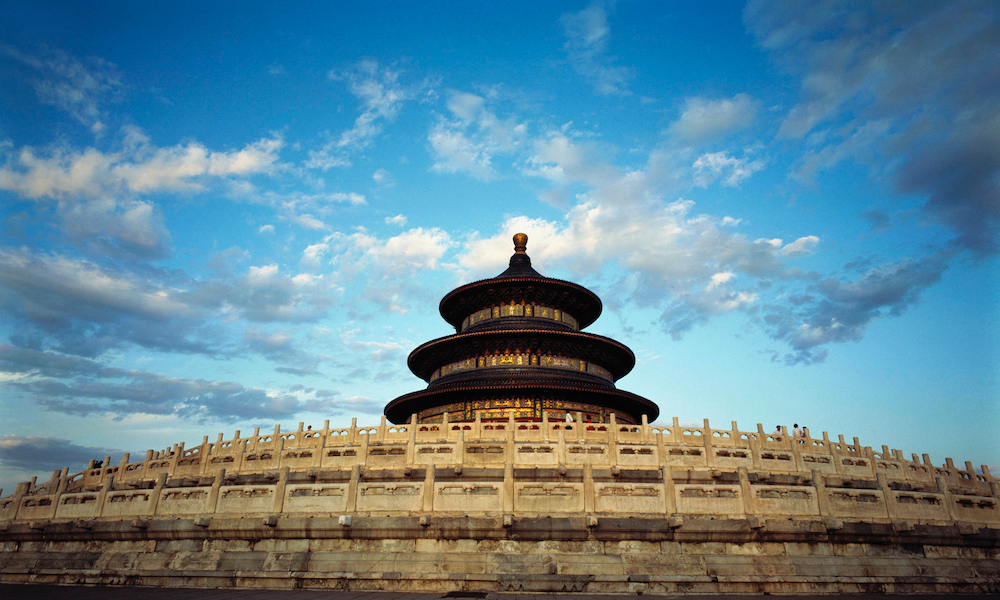 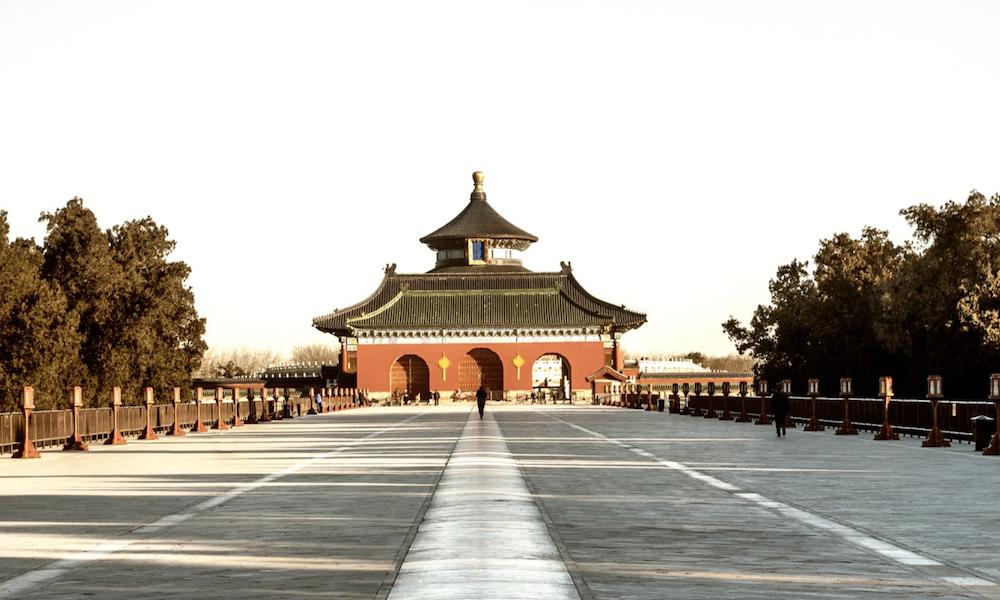 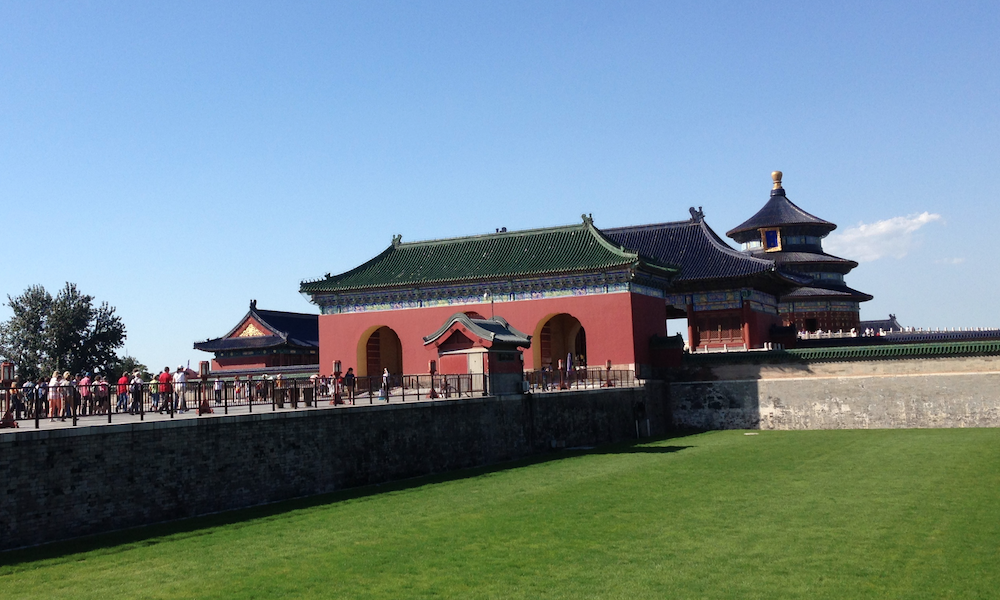 |
|||||
|
|||||
| Qianmen Pedestrian Street is located in Beijing, China, and is a famous commercial pedestrian street with a long history. This street preserves traditional architectural styles, with antique-style doorplates, signs, and lanterns creating a strong classical atmosphere. The street is lined with a variety of snack stalls, handicraft shops, and antique stores, where visitors can taste authentic Beijing snacks and purchase exquisite handicrafts and antiques. Additionally, there are traditional performances and art exhibitions on the street, such as Peking Opera shows and calligraphy exhibitions, allowing visitors to have a deeper experience of China's cultural heritage. Qianmen Pedestrian Street is also a popular tourist attraction, attracting a large number of visitors and local residents every day, making it an ideal place to experience traditional charm and go shopping. |
|||||
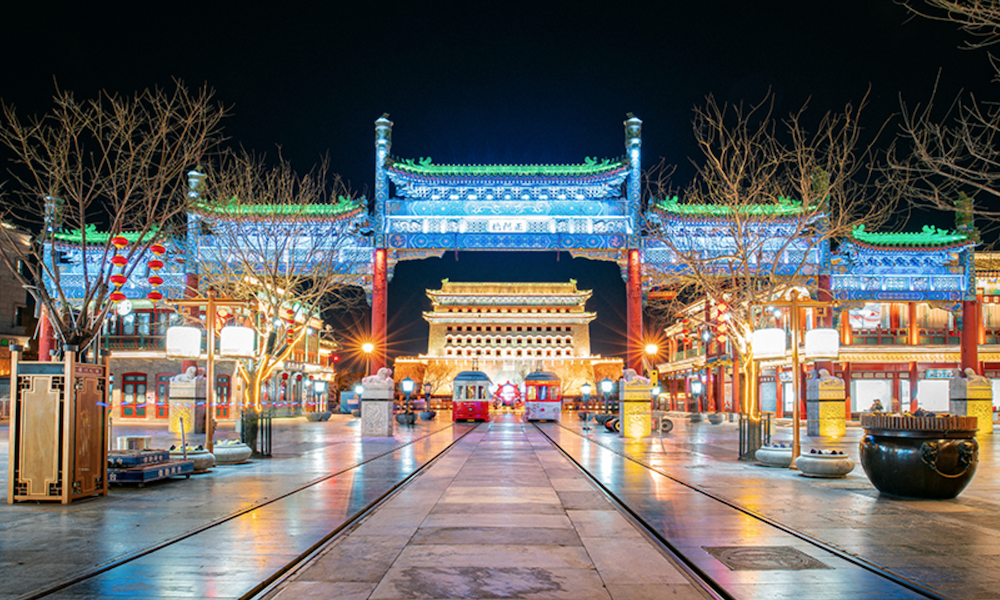 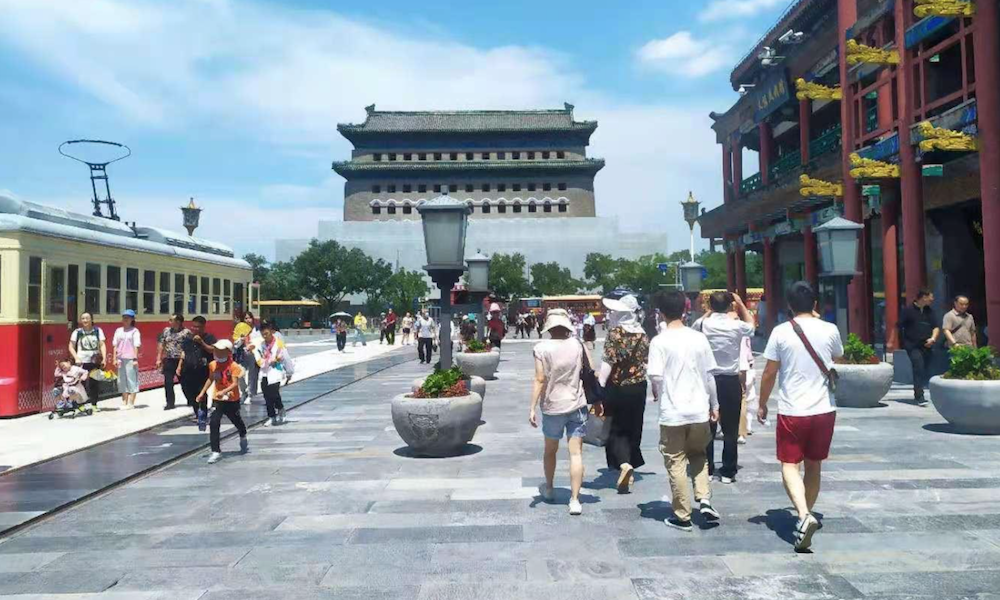 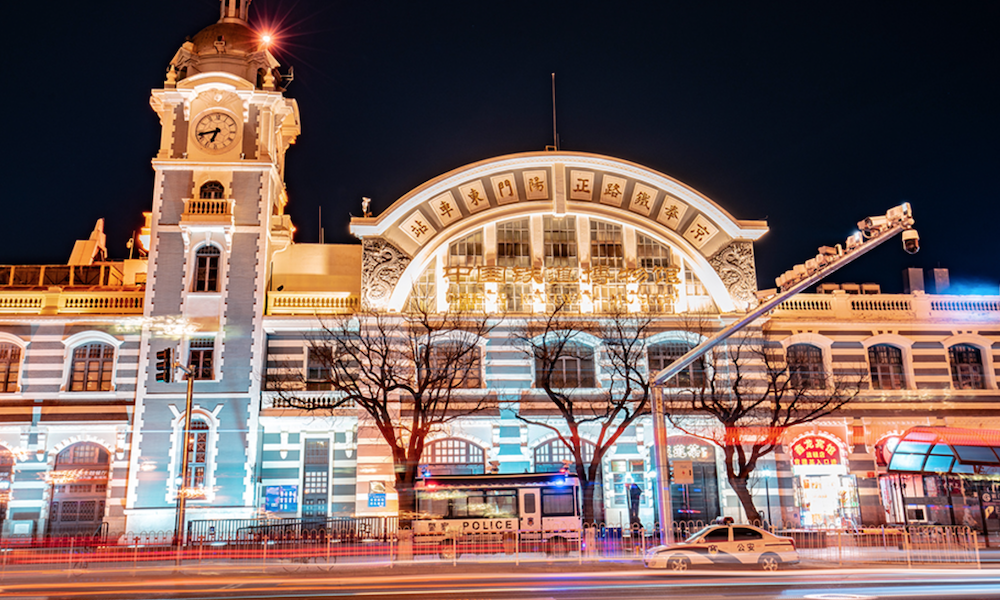 |
|||||
Day 2 |
|
||||
| Tiananmen Square is located on the central axis of Beijing and serves as the central square of the People's Republic of China. Many national symbols, such as the Tiananmen Gate, the Great Hall of the People, the National Museum of China, and the Monument to the People's Heroes, are situated here. Tiananmen Square is also the site for significant national celebrations, grand assemblies, and diplomatic receptions. Since the founding of the People's Republic, Tiananmen Square has witnessed numerous military parades, bearing witness to the rise and revitalization of the Chinese nation. The daily flag-raising ceremony at Tiananmen Square in the early morning attracts a large number of visitors who come to witness the event. | |||||
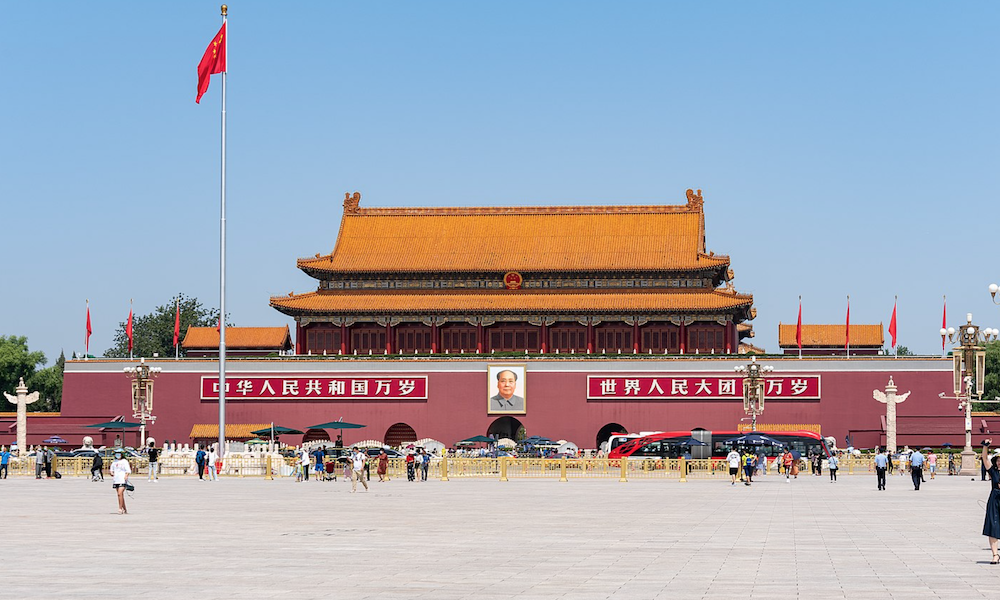 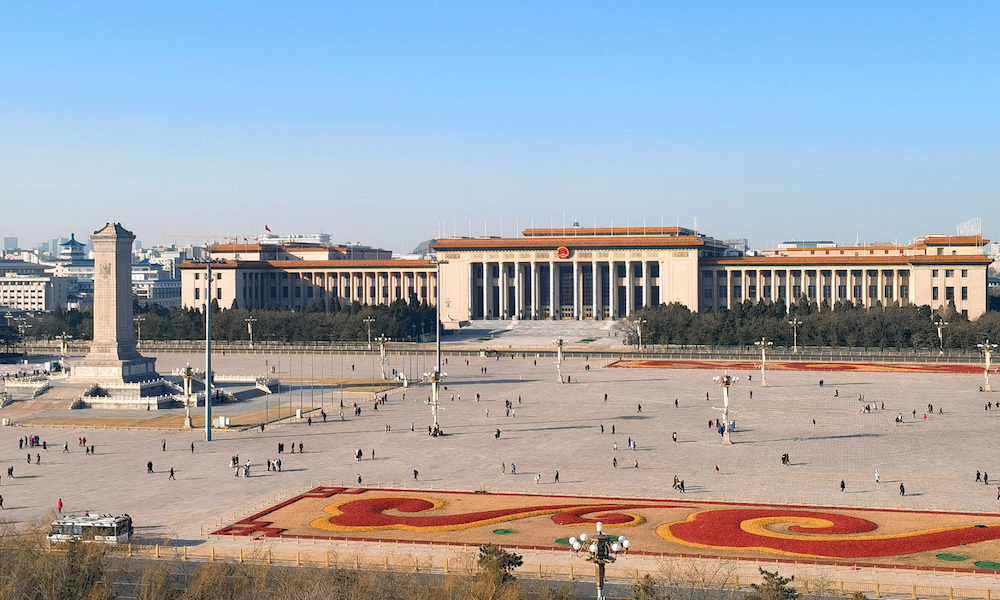  |
|||||
|
|||||
| It is a modern architectural masterpiece and a national-level large-scale performing arts venue. This building stands in stark contrast to traditional structures like the Temple of Heaven and Tiananmen Square, thanks to its unique circular appearance and glass curtain walls. The National Centre for the Performing Arts primarily consists of a concert hall, an opera house, and a theater, all exquisitely designed with exceptional acoustics. It hosts a wide range of magnificent music concerts, operas, dance performances, and theatrical shows. In addition to showcasing domestic artists and groups, the National Centre for the Performing Arts frequently invites internationally renowned artists and troupes to perform. It has become an important platform for artistic and cultural exchange in China, attracting art enthusiasts and audiences from around the world. | |||||
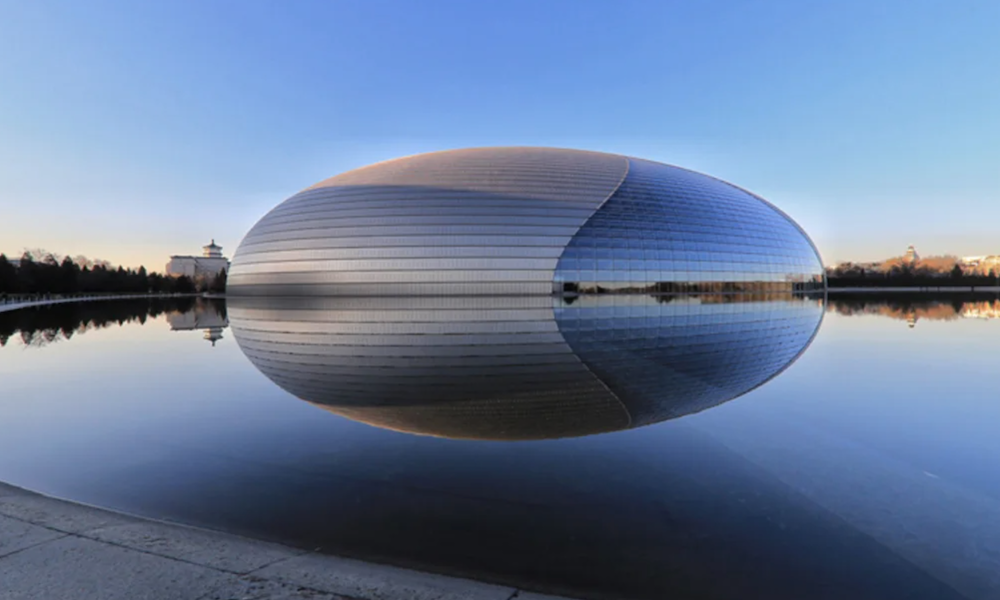  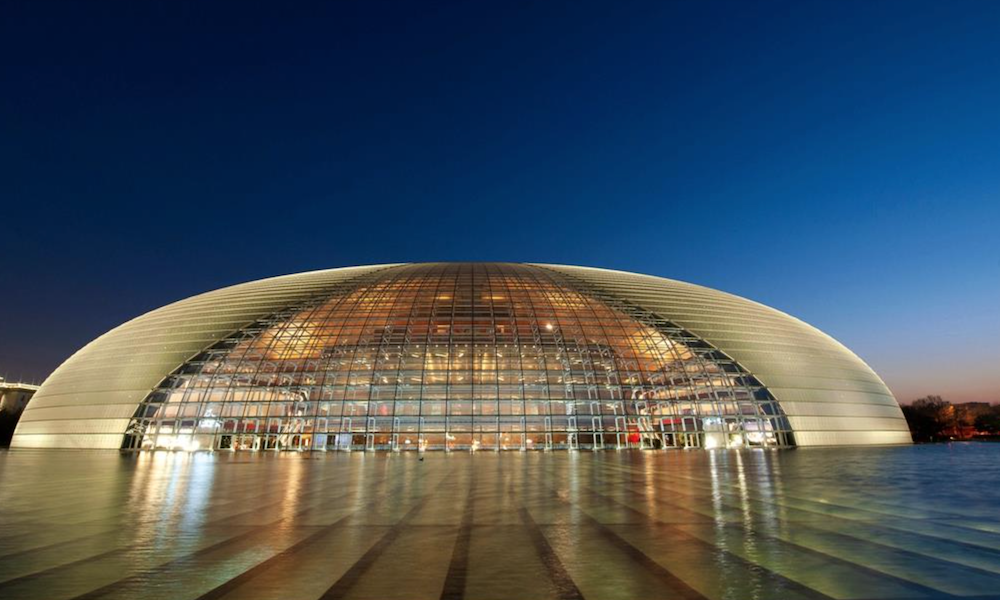 |
|||||
|
|||||
| One of the largest comprehensive museums in China, the National Museum of China houses a vast collection of precious artifacts and artworks, showcasing China's 5,000 years of cultural history. The museum's exhibits include exquisite items from various fields such as bronzeware, ceramics, calligraphy, painting, ancient jade artifacts, and the "four treasures of the study." The museum's architecture is grand and spectacular, blending traditional and modern design elements. Through its permanent and temporary exhibitions, the museum presents the history, art, and culture of China to visitors. Additionally, the museum hosts various educational activities and academic conferences, promoting cultural exchange and scholarly exploration. The National Museum of China is an important cultural landmark, attracting domestic and international tourists and scholars. It serves as a vital guardian and disseminator of China's cultural heritage. | |||||
 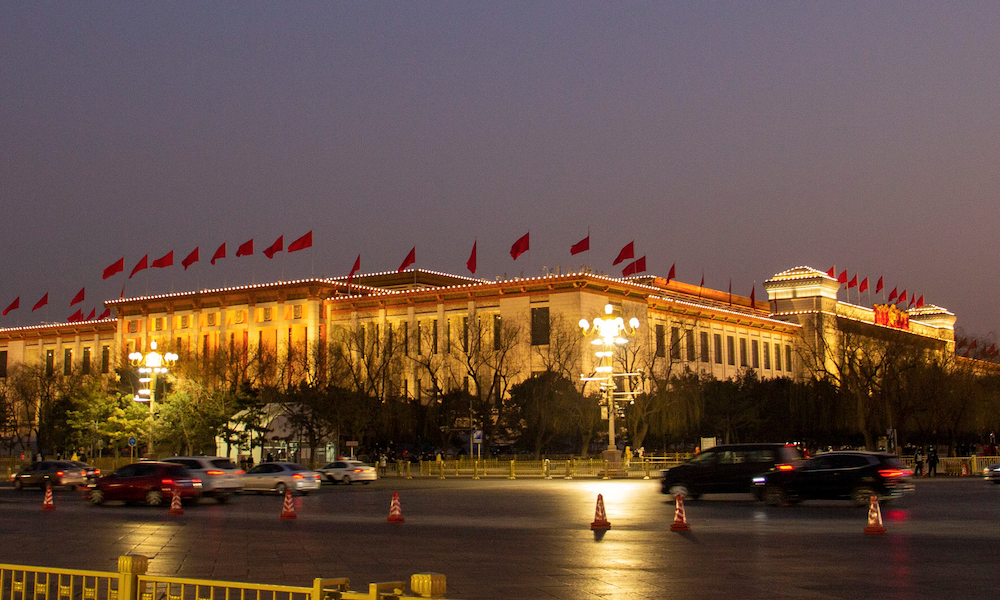 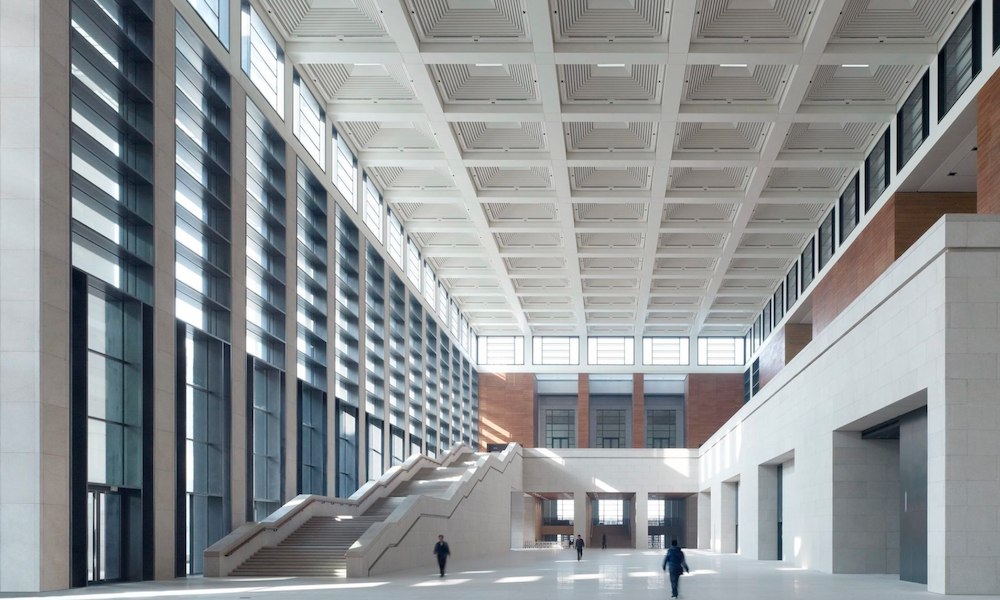 |
|||||
|
|||||
| The Forbidden City, also known as the Palace Museum, is located in the heart of Beijing, China. It is a treasure of ancient palace architecture and the largest and best-preserved ancient palace complex in the world. Built during the Ming and Qing Dynasties, the Forbidden City covers an area of approximately 720,000 square meters and encompasses over 9,000 rooms and around 18,000 precious cultural relics. The palace's architecture exhibits a unique and grand style, including structures such as the Palace Museum, the Hall of Supreme Harmony, and the Palace of Heavenly Purity. The Forbidden City houses countless artifacts, paintings, ceramics, jade, and more, showcasing China's 5,000 years of history and culture. Each year, the Forbidden City attracts a large number of visitors, making it one of the most popular destinations for tourism in China. It is also recognized as a UNESCO World Heritage site and an important museum. Visitors can experience the magnificent architecture and profound cultural heritage of ancient emperors within the Forbidden City, allowing them to appreciate the treasures of ancient Chinese civilization. | |||||
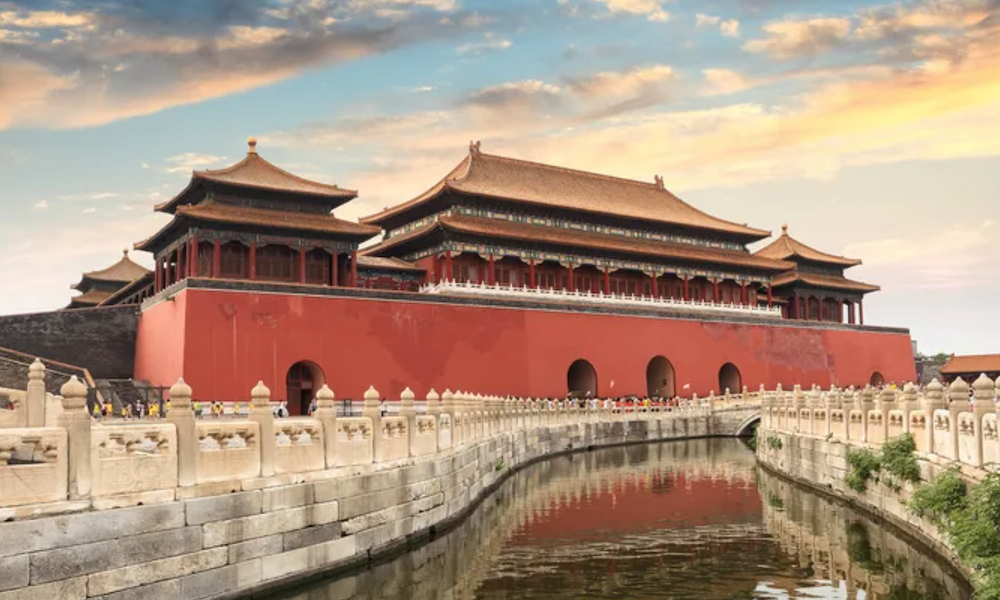 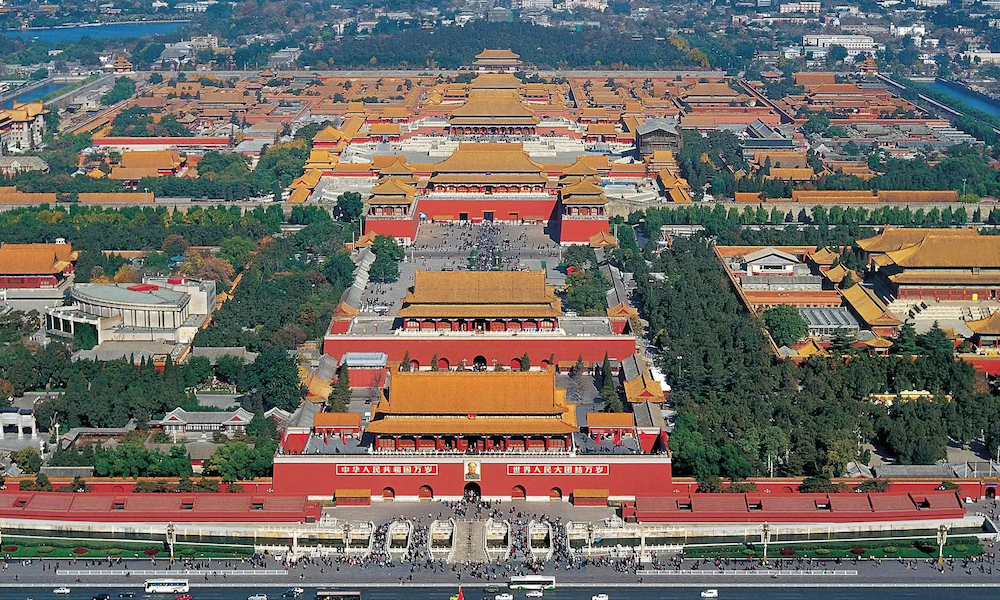 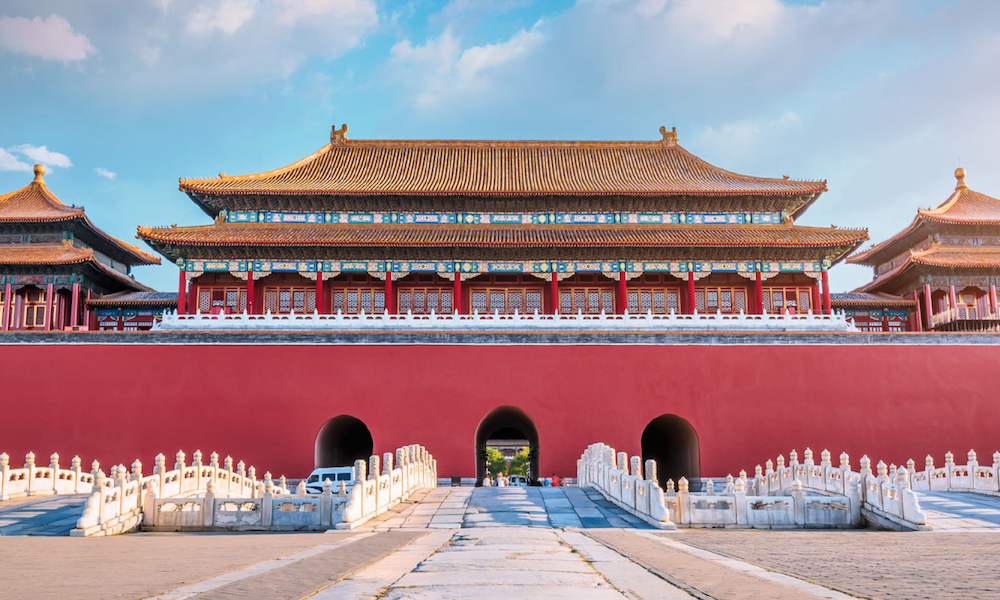 |
|||||
Day 3 |
|
||||
| The Prince Gong's Mansion is located in the Xicheng District of Beijing, China. It is an ancient palace complex of significant historical value and cultural significance. The complex consists of the main hall, side halls, gardens, and auxiliary buildings, covering a vast area. Built during the Qing Dynasty, the Prince Gong's Mansion was originally the official residence and sleeping quarters of Prince Gong, showcasing the typical architectural style of ancient Chinese palaces. The mansion houses numerous precious artifacts and cultural heritage items, including ancient furniture, paintings, and ceramics. Visitors can explore the exhibitions within the mansion to learn about its history and cultural background. The gardens within the mansion offer beautiful scenery, with lakes, artificial hills, flowers, and trees creating a serene atmosphere. The Prince Gong's Mansion is also an important cultural venue, hosting traditional music, dance, and theatrical performances. As one of Beijing's tourist attractions, the Prince Gong's Mansion attracts many visitors, allowing them to experience the charm of ancient court culture. | |||||
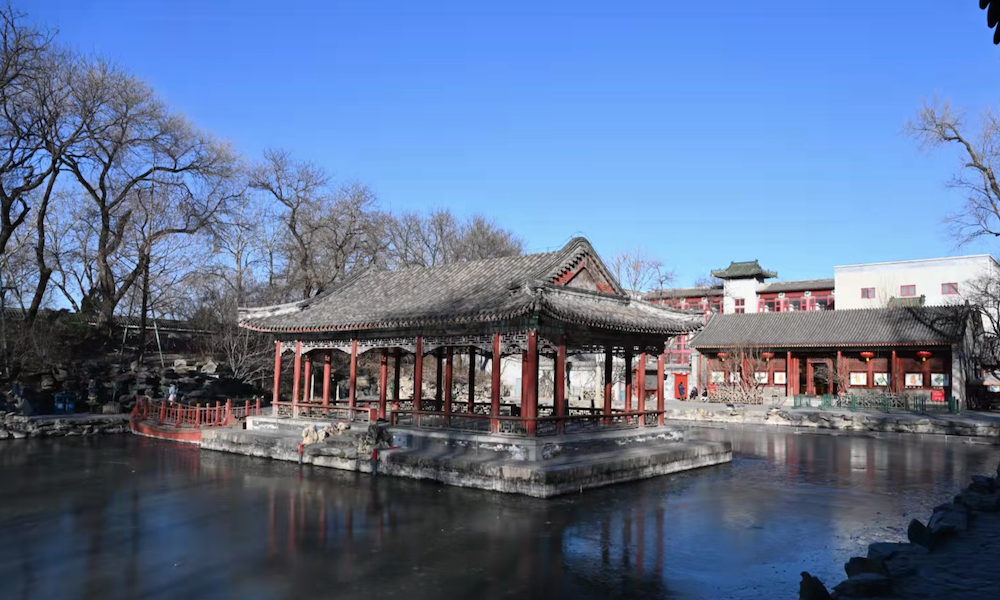 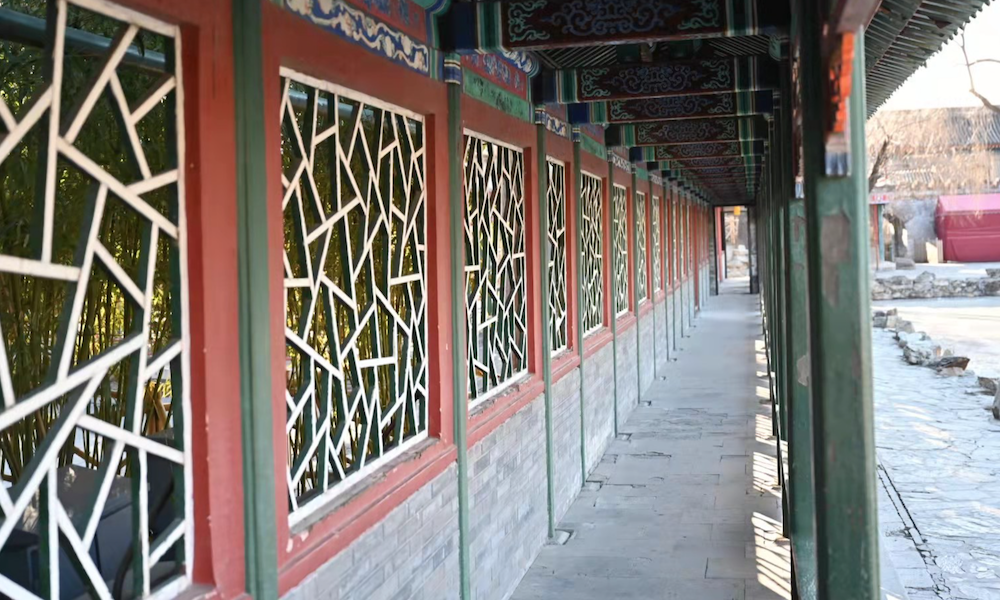 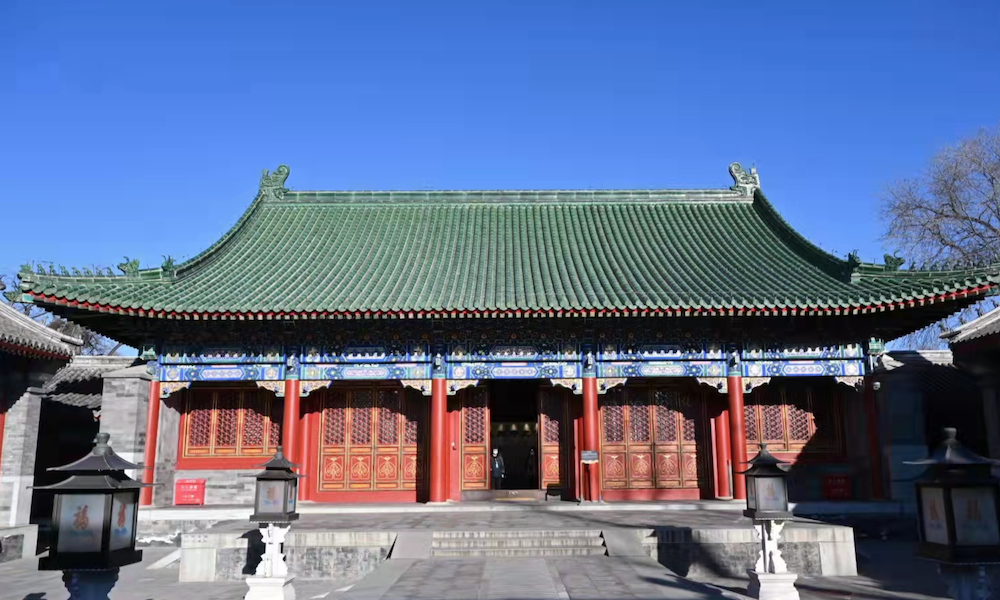 |
|||||
|
|||||
| Shichahai is located in the Xicheng District of Beijing, China. It is an ancient and picturesque lake area composed of three interconnected lakes: Qianhai, Xihai, and Houhai, forming a unique water landscape. The surroundings of Shichahai are elegant, with clear waters, and many traditional courtyard buildings and hutong streets are preserved along the lakeside. There are numerous restaurants, cafes, and small shops, offering visitors the opportunity to taste local cuisine and engage in shopping. Visitors can enjoy boat rides or rent bicycles to explore the lake area, admiring the beautiful scenery of the lakes, mountains, and ancient architecture. Shichahai is also a popular entertainment area at night, with lakeside bars and night markets creating a lively atmosphere. It attracts many tourists and local residents, serving as a popular destination for relaxation, leisure, cultural experiences, and showcasing the unique charm of Beijing. | |||||
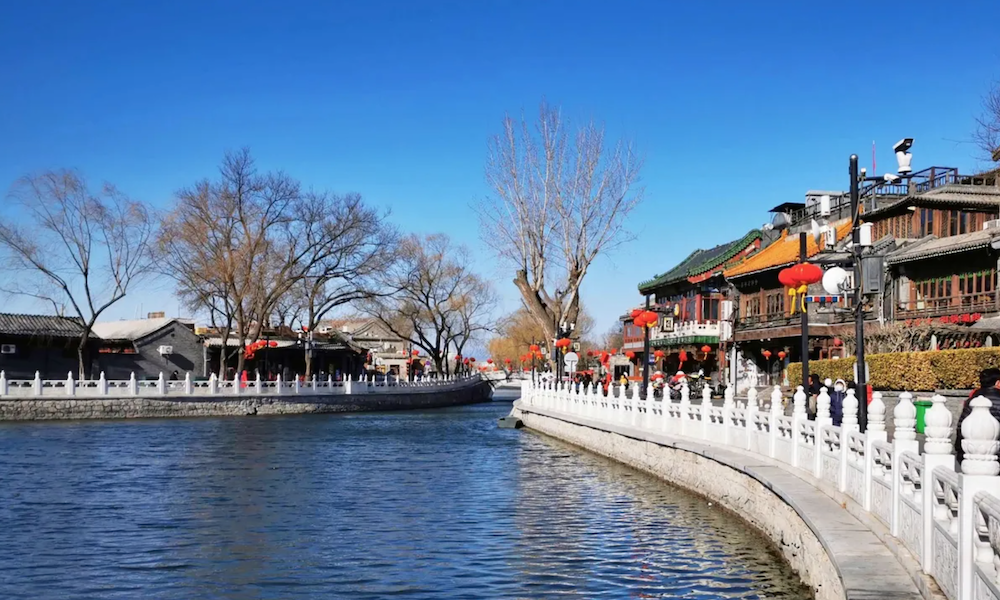  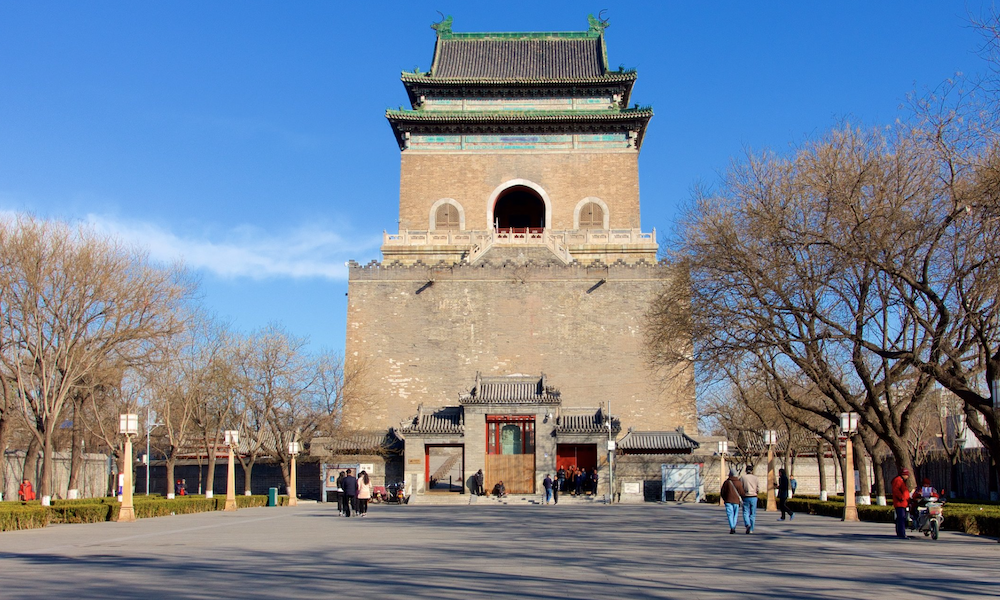 |
|||||
|
|||||
| Yandaixie Street is located in the Xicheng District of Beijing, China. It is a historic and charming alleyway with a long history. The street gets its name from its narrow and winding shape, resembling a tobacco pouch hanging askew. Yandaixie Street preserves many ancient buildings, including traditional courtyard houses and antique-style commercial buildings. There are various shops and restaurants along the street, selling traditional handicrafts, souvenirs, and delicacies. Visitors can immerse themselves in the rich atmosphere of old Beijing, strolling along the stone-paved road and appreciating the unique charm of ancient architecture. Yandaixie Street is also a hub of culture and art, hosting art exhibitions, performances, and traditional festival activities. It attracts many tourists and local residents, making it a popular destination where people can experience the charm and vitality of ancient Beijing. | |||||
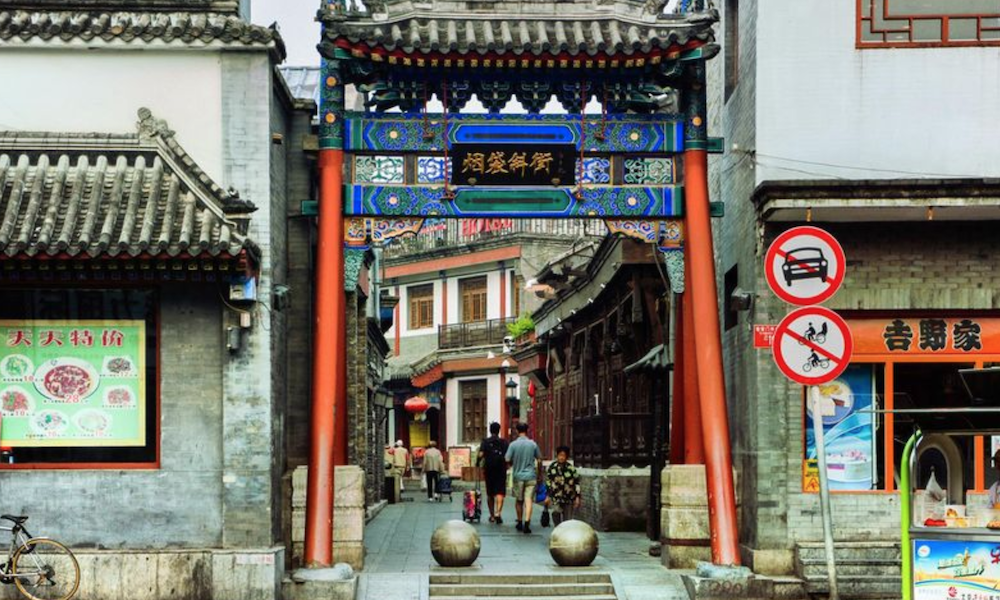 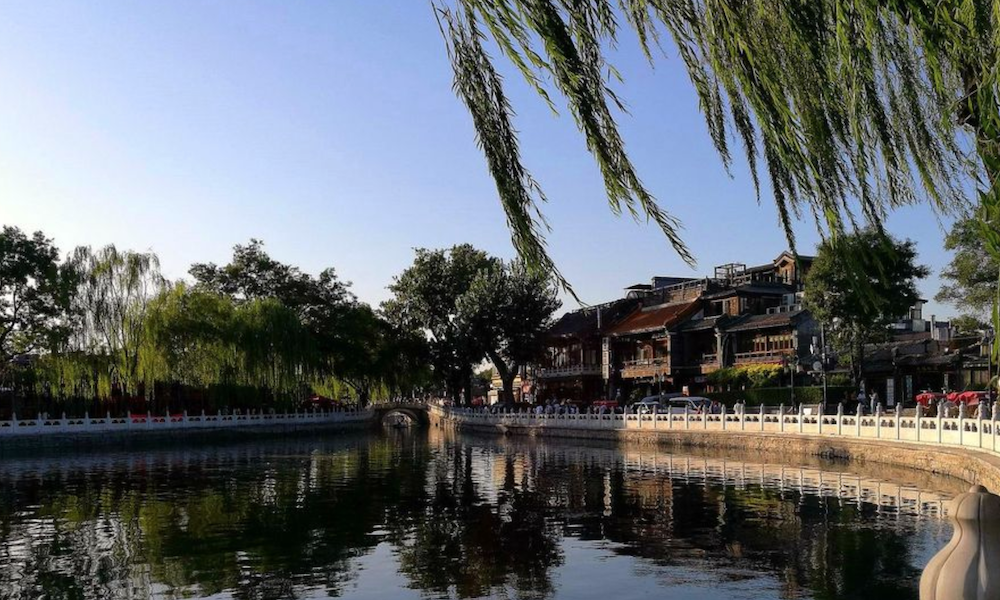 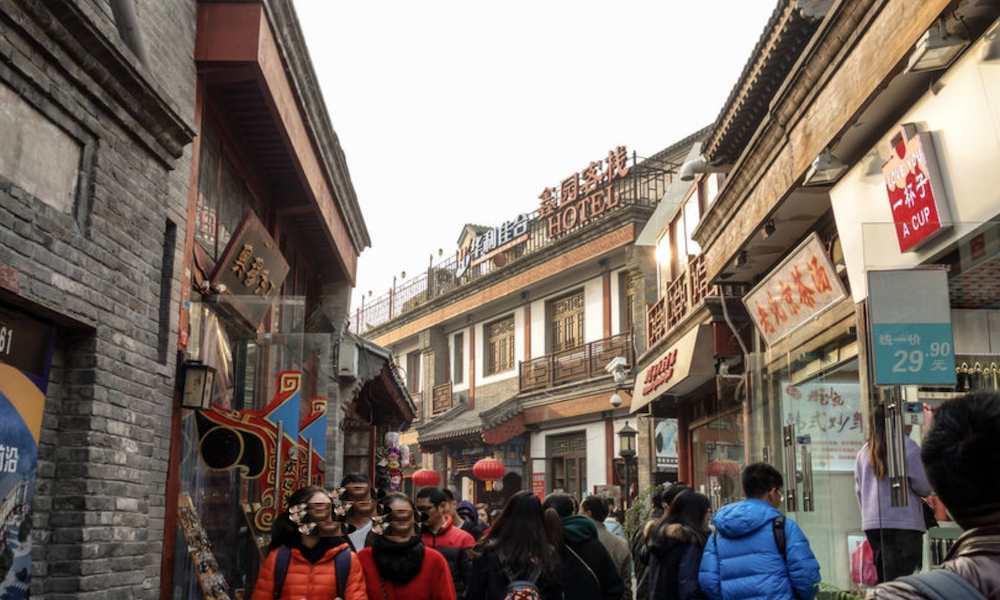 |
|||||
Day 4 |
|
||||
| Mutianyu Great Wall is located in Miyun County, Beijing, China, and is one of the important sections of the Great Wall of China. It is renowned for its spectacular scenery and well-preserved architecture. The construction of Mutianyu Great Wall dates back to the Ming Dynasty and is a defensive structure of historical and strategic significance. This section of the Great Wall winds along ridges, offering breathtaking views and a serene surrounding environment. Visitors can hike along the Great Wall or take a cable car to ascend, enjoying the beauty of mountains and valleys. Mutianyu Great Wall also preserves some ancient buildings such as watchtowers and arrow towers, showcasing the architectural style of ancient defensive structures. There are also exhibitions and museums that introduce the history and culture of the Great Wall. Mutianyu Great Wall is one of the most iconic tourist destinations in China, attracting a large number of domestic and international visitors to explore its magnificence and historical charm. | |||||
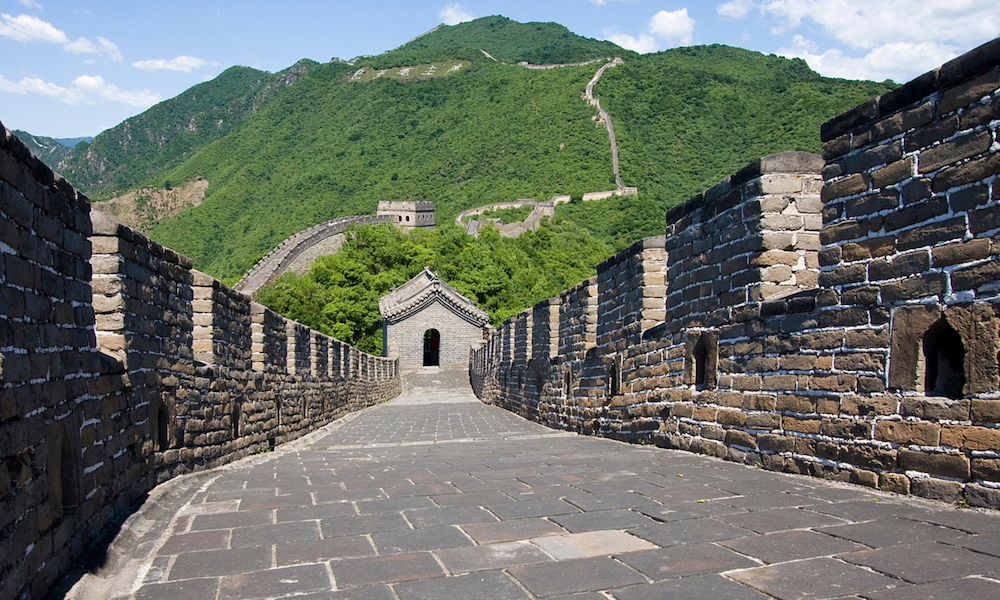 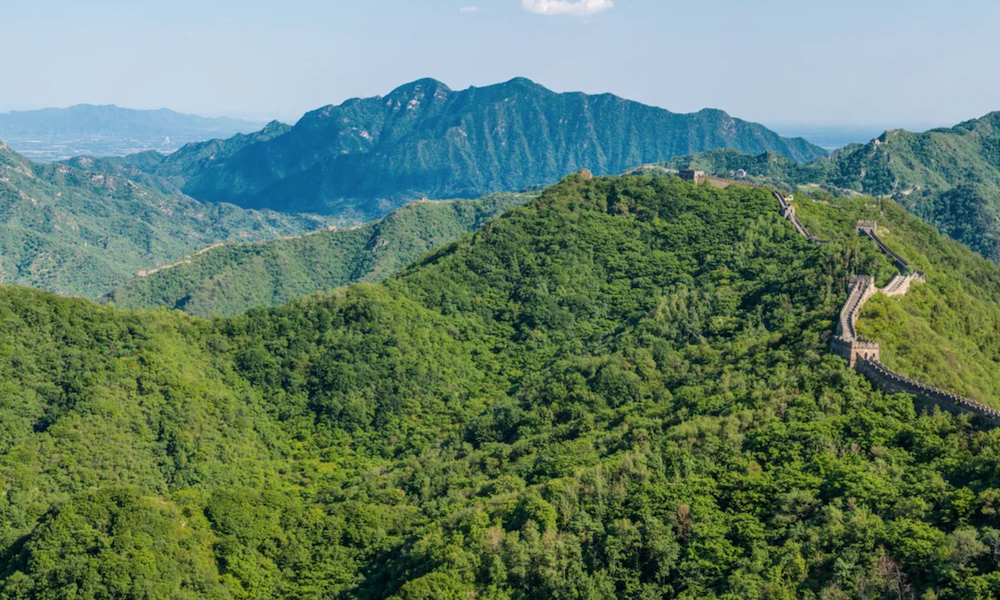 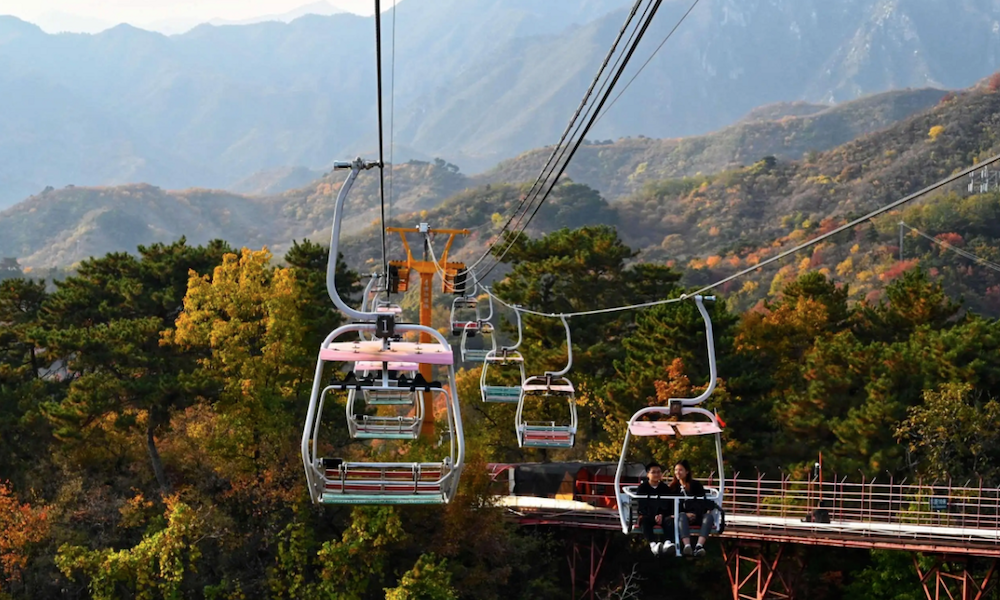 |
|||||
|
|||||
| Beijing Changyu AFIP Global Winery is located in Jugexiang Town, Miyun District, Beijing. It is a winery created by the Yantai Changyu Group, integrating capital from multiple countries such as France, the United States, Italy, and Portugal. Spanning over 1,500 acres and with an investment of nearly 700 million yuan, the winery was completed in June 2007. Chateau Changyu AFIP Global appointed Mr. Robert Tinlot, former President of the International Organisation of Vine and Wine (OIV), as the honorary owner of the winery. Following the standards set by the OIV for top wineries worldwide, Chateau Changyu AFIP Global introduced the innovative "Four in One" operating model, which combines grape cultivation, winemaking, wine-themed tourism, professional tasting training, and leisure vacations. This establishment has ushered in a new era for wineries worldwide. | |||||
 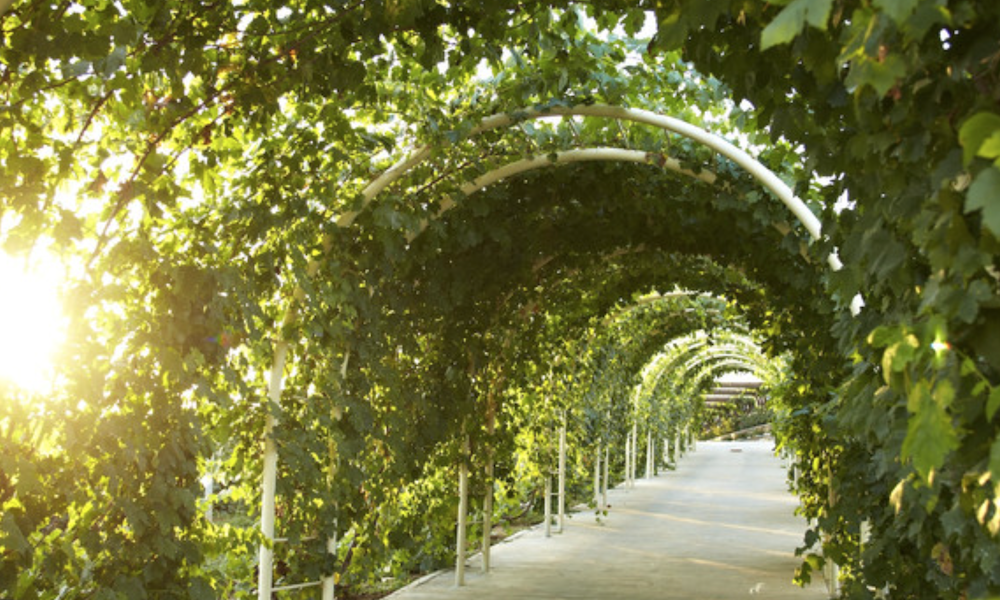  |
|||||
Day 5 |
|
||||
| The Summer Palace is located in the Haidian District of Beijing, China. It is a royal garden with a long history and exceptional beauty. The palace covers a vast area and features exquisite architecture, lakes, gardens, and temples. Constructed during the Qing Dynasty, it served as a royal palace and a summer retreat. The most famous structure within the Summer Palace is the Long Corridor, which stretches 728 meters and holds the record as the world's longest painted corridor. The Summer Palace is renowned for its grand architectural style and meticulously designed landscapes, earning it a reputation as one of the treasures of classical Chinese gardens. It is recognized as a UNESCO World Heritage site and an important tourist attraction, attracting a large number of visitors each year. Visitors can admire the splendid architecture, beautiful gardens, and tranquil lakes while experiencing the treasures of ancient Chinese imperial life. | |||||
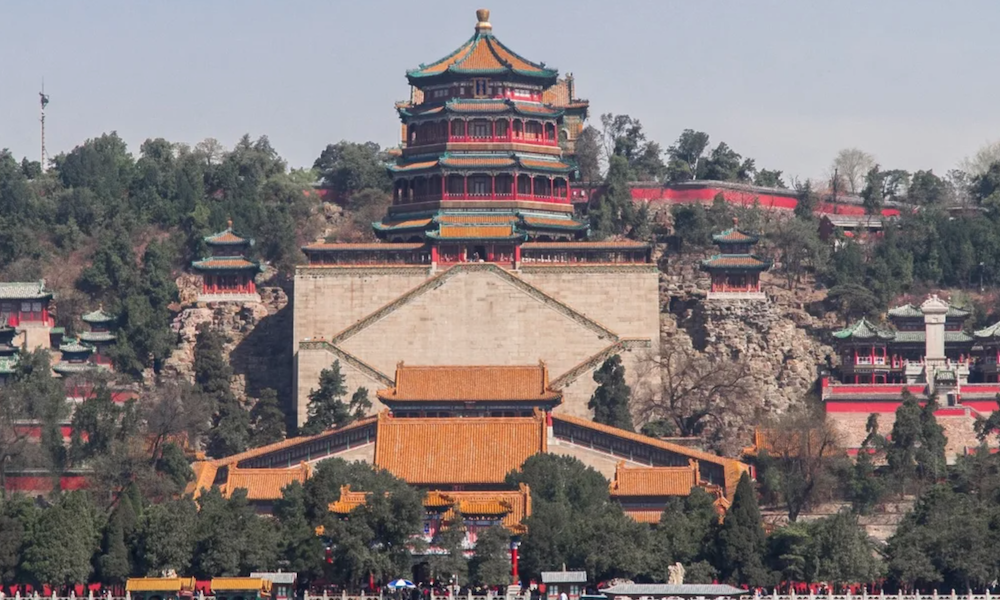   |
|||||
|
|||||
| Diaoyutai Yinxing Avenue is located in Haidian District, Beijing, China. It is a scenic avenue known for its beautiful scenery. Rows of ginkgo trees are planted on both sides of the avenue, and during the autumn season, the ginkgo leaves turn yellow, creating a magnificent view. The avenue gets its name from the nearby Diaoyutai, an ancient imperial fishing site. Yinxing Avenue is a popular place for residents and visitors to take walks, go for a jog, and enjoy the scenery, especially during the autumn season when it attracts a large number of tourists who come to admire the beauty of the ginkgo trees. The surrounding area of the avenue also features parks, lakes, and cultural attractions, providing more leisure and entertainment options. Diaoyutai Yinxing Avenue has a rich cultural heritage and natural beauty, making it a distinctive and attractive tourist destination in Beijing. Visitors can experience the tranquility and beauty of nature here while also immersing themselves in the history and cultural charm of Beijing. | |||||
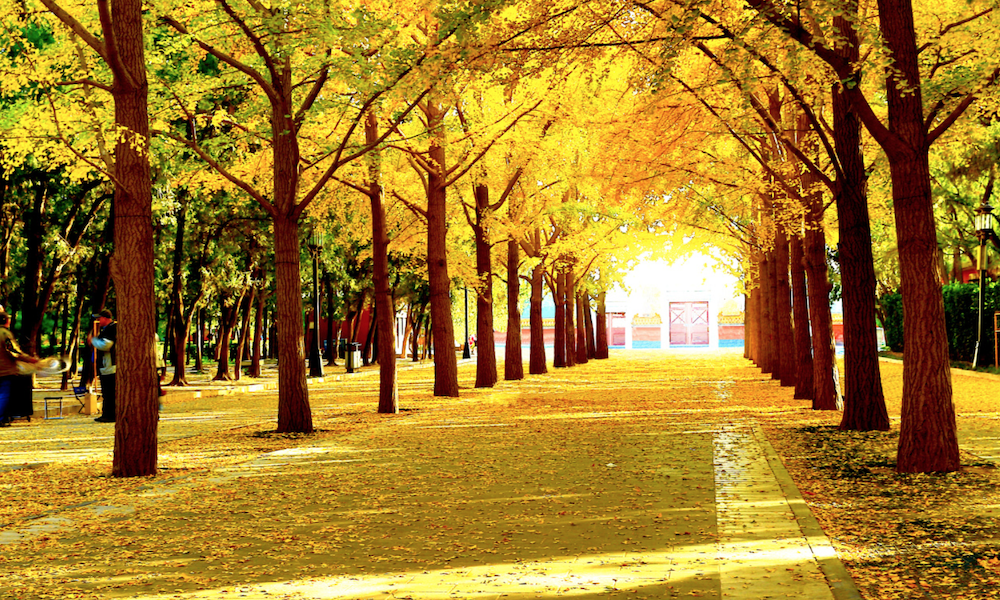 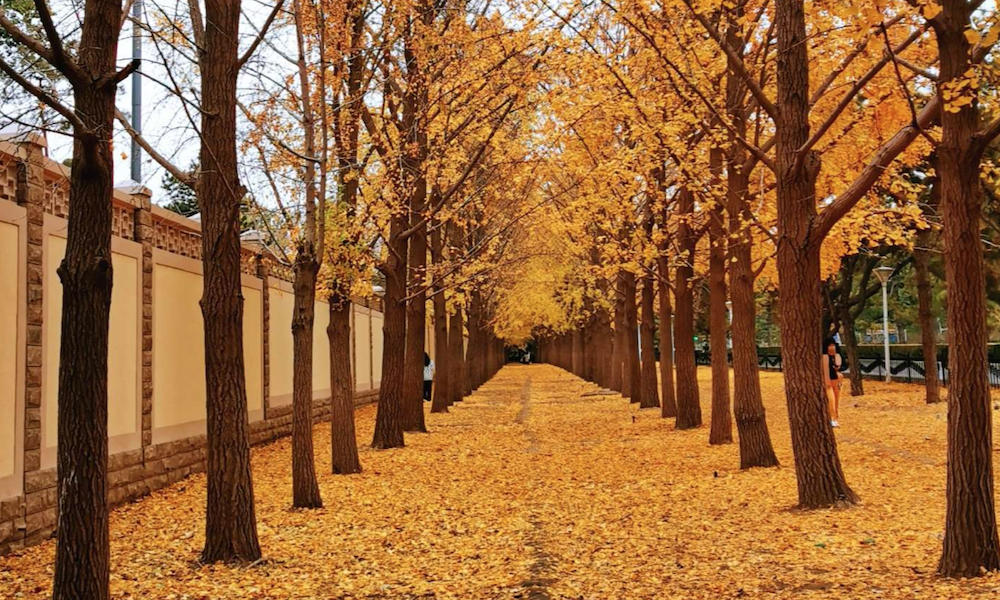 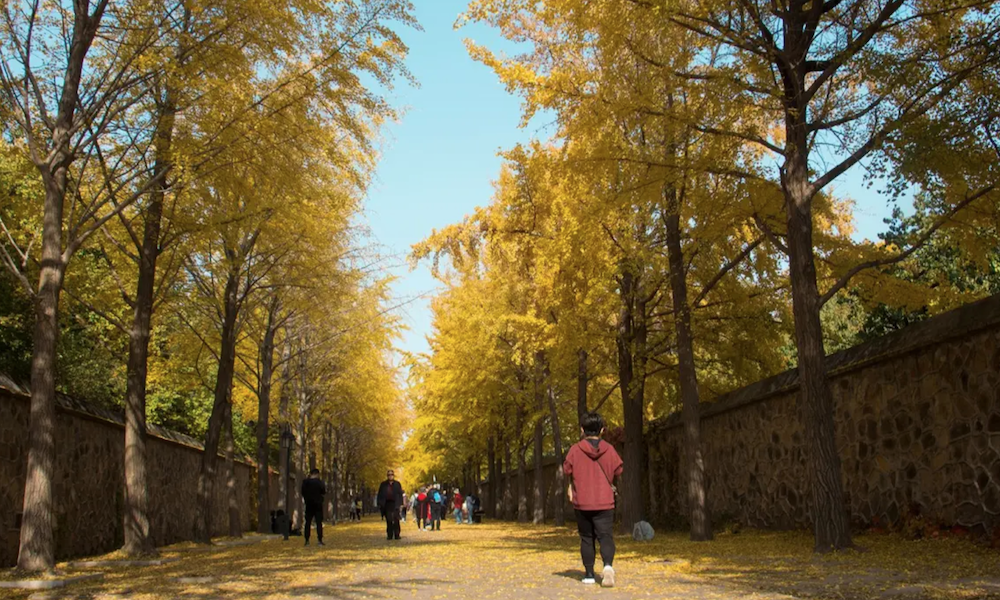 |
|||||
|
|||||
| Olympic Park is located in Chaoyang District, Beijing, China. It is the main venue area for the 2008 Beijing Olympics. The most famous buildings in the park are the Bird's Nest and the Water Cube. The Bird's Nest is a huge stadium known for its unique steel structure. It hosted the athletics and football competitions during the Olympics and has now become an important tourist attraction and cultural venue. The Water Cube is a water sports center that provided the venue for the Olympic ice skating competitions. It has been transformed into an indoor ice sports and entertainment venue. Olympic Park also includes facilities such as sports fields, gymnasiums, museums, and plazas, providing venues for various sports and cultural activities. It attracts a large number of tourists and sports enthusiasts and has become an important landmark and tourist attraction in Beijing. | |||||
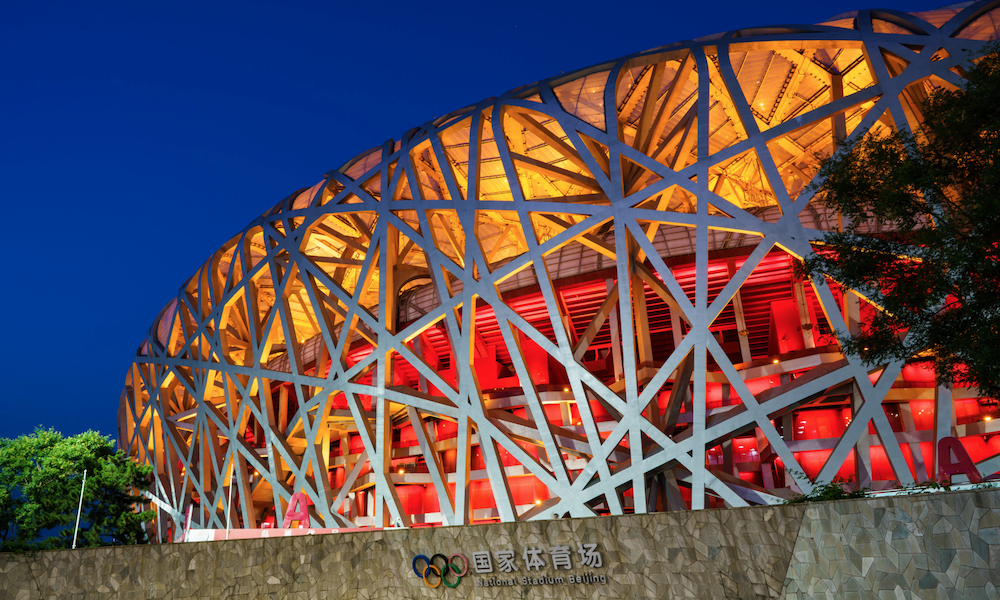 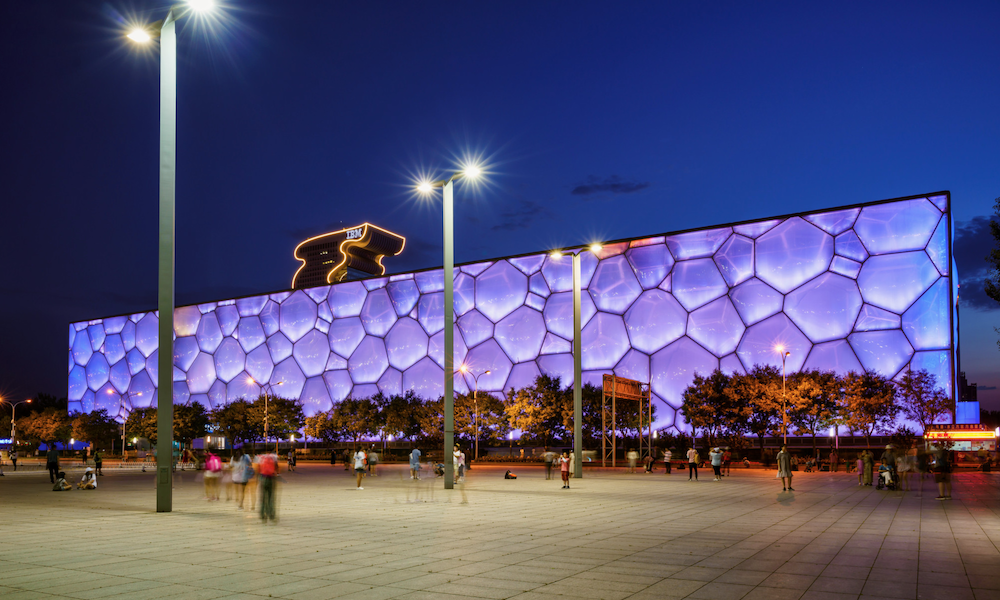 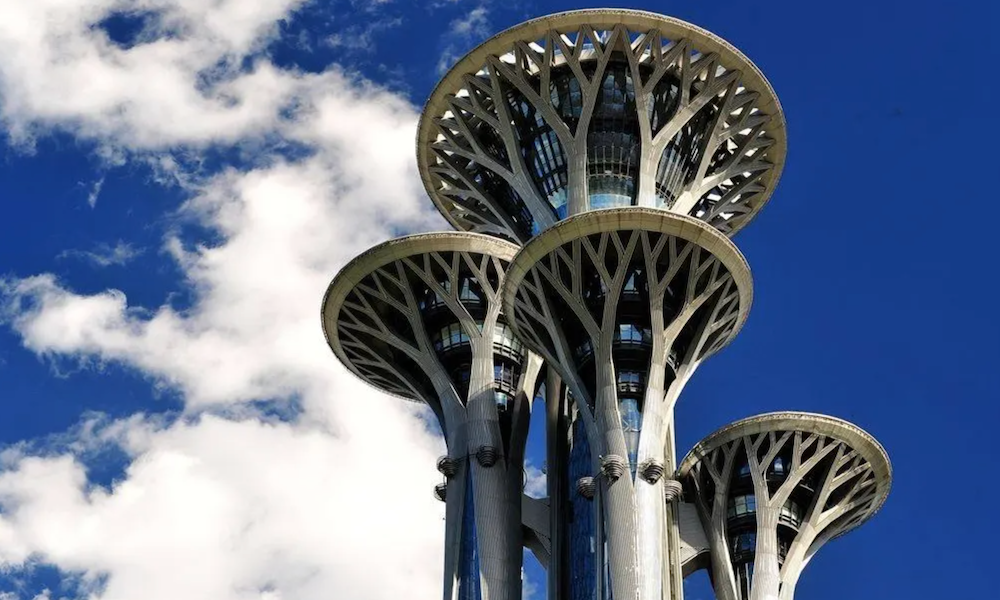 |
|||||
|
|||||
| The Beijing Zoo is located in the Xicheng District of Beijing, China. It is one of the largest and most well-known zoos in China. The zoo covers a vast area and is home to a diverse range of animal species from around the world. Visitors can see various rare animals such as giant pandas, tigers, lions, giraffes, and more. The Beijing Zoo is dedicated to animal conservation and education, providing an opportunity to learn about animals, environmental protection, and ecological balance through exhibits and explanations. The park also features performance venues and recreational facilities, offering entertainment and leisure for visitors. The Beijing Zoo attracts a large number of visitors each year, especially families and children, making it an ideal place for them to learn about the animal world and natural environment. | |||||
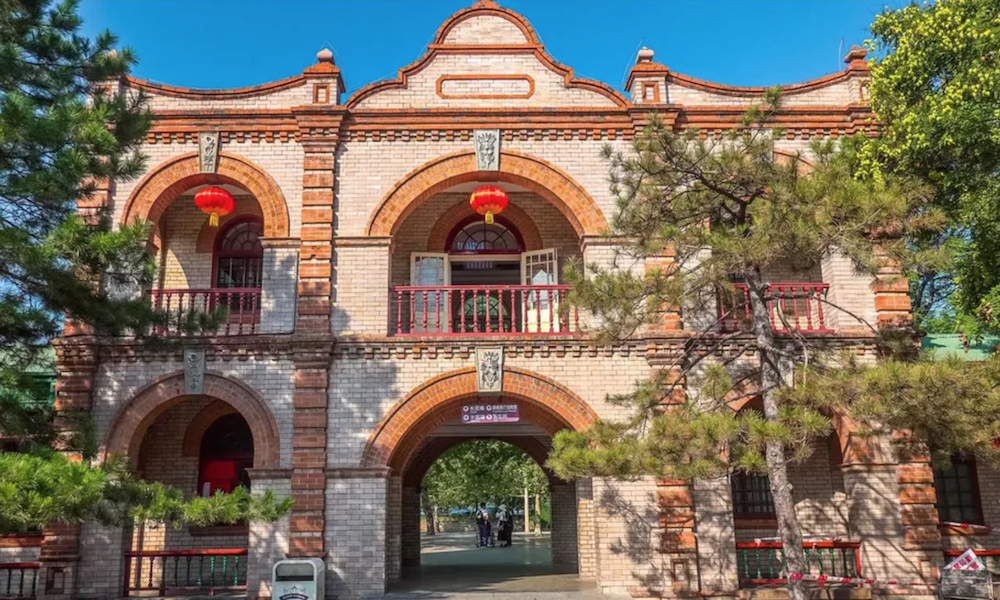 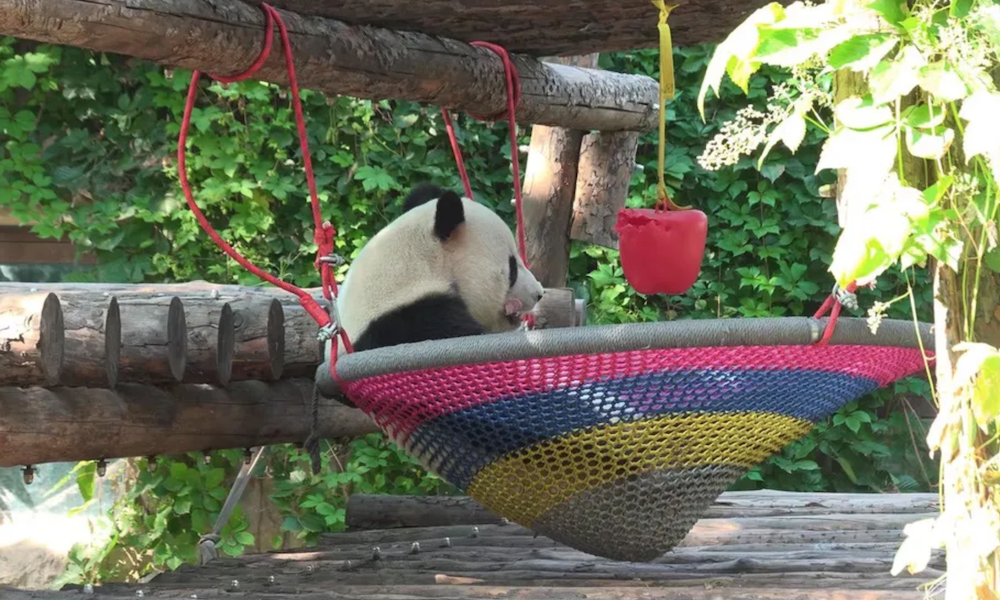 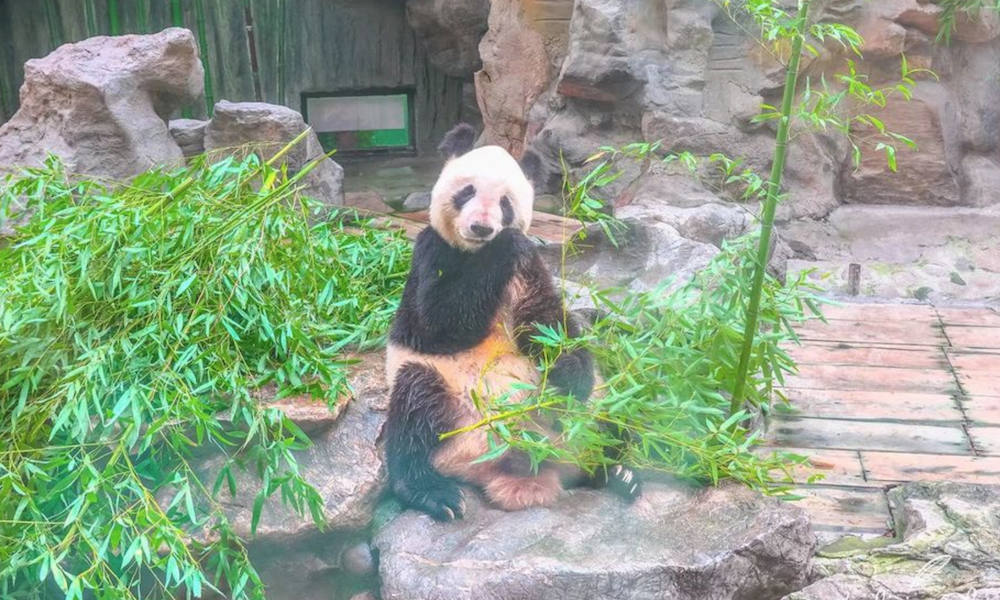 |